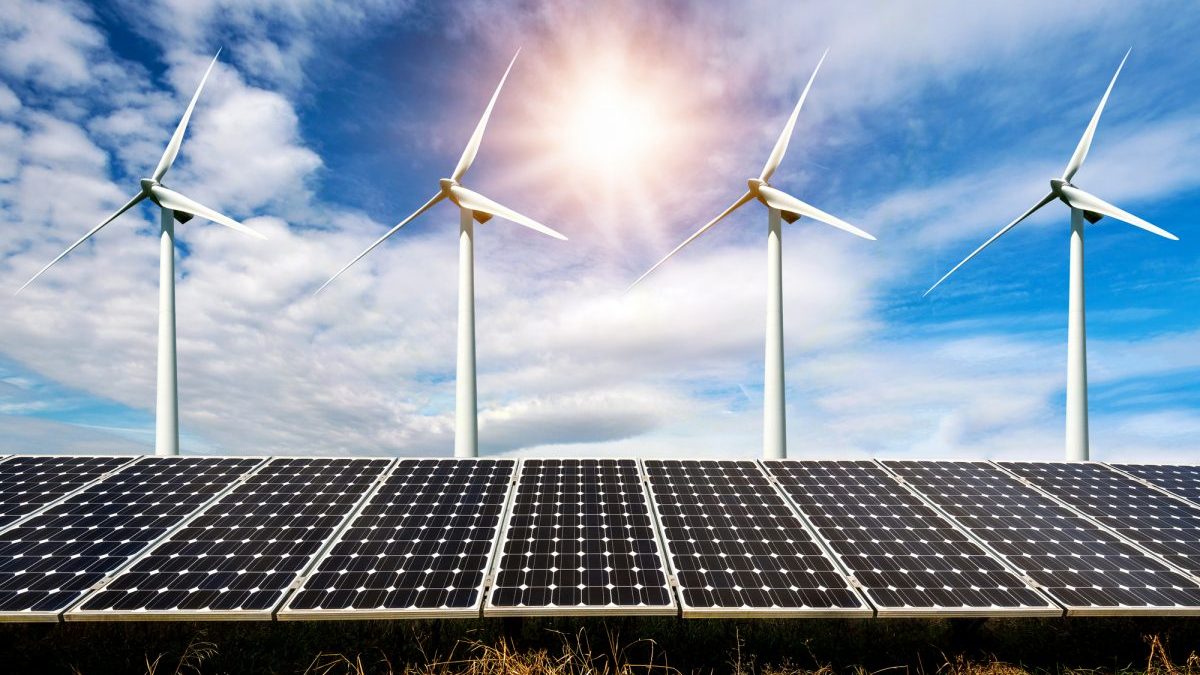EU renewable capacity could hit 89 GW in 2025, driven by solar and wind, but challenges remain across key national markets

The European Union is on track to install a record volume of renewable energy capacity in 2025. According to projections released exclusively to Reuters by the European Commission, EU member states are expected to add 89 gigawatts (GW) of new renewable capacity by the end of the year. The majority of this growth will come from solar photovoltaics (70 GW), with wind power contributing 19 GW.
If confirmed, these numbers would mark the highest annual increase ever recorded for both solar and wind energy in the EU.
EU renewable capacity: 2025 expected to outperform 2024
The new forecast builds on an already strong performance. In 2024, the EU installed 65.5 GW of new solar capacity and 12.9 GW of wind, totaling 78.4 GW of new renewable energy.
The 2025 outlook signals a sharp acceleration: a 6.9% increase for solar and a 47% jump for wind. The wind sector, which has faced stagnation and uncertainty in recent years, has recently benefited from targeted policy support, including the EU Wind Power Action Plan.
Crucially, this projected growth could finally place the EU on the right trajectory to meet its 2030 renewable energy goals. To achieve these targets, the EU must add an average of 84 GW annually between 2023 and 2030.
Clouds on the horizon: reduced support and structural barriers
Despite the Commission’s optimism, industry leaders are urging caution. Trade group SolarPower Europe has flagged the possibility of downward revisions for 2025 due to new national policies that could hinder solar deployment.
One example is France’s recent move to scale back rooftop solar incentives, announced in February. This decision could significantly affect one of the fastest-growing segments of the market.
As a result, SolarPower Europe warns that reaching 70 GW of new solar installations in 2025 may be unlikely, which would put the EU off-track for its 2030 milestones. The slowdown follows a trend already visible in 2024, where solar growth in Europe plummeted to just 4% after surging 50% in 2023.
The wind sector is also navigating major hurdles. Danish giant Ørsted, one of the EU’s leading developers, has recently raised concerns over rising costs and supply chain disruptions that are straining the industry.
According to WindEurope, the EU is expected to add around 17.4 GW of new wind capacity in 2025 – a 35% increase over 2024 installations, but still shy of the 19 GW projected by the Commission. That figure also falls short of the 23 GW annual average WindEurope considers necessary between 2025 and 2030 to stay on target for the decade.












